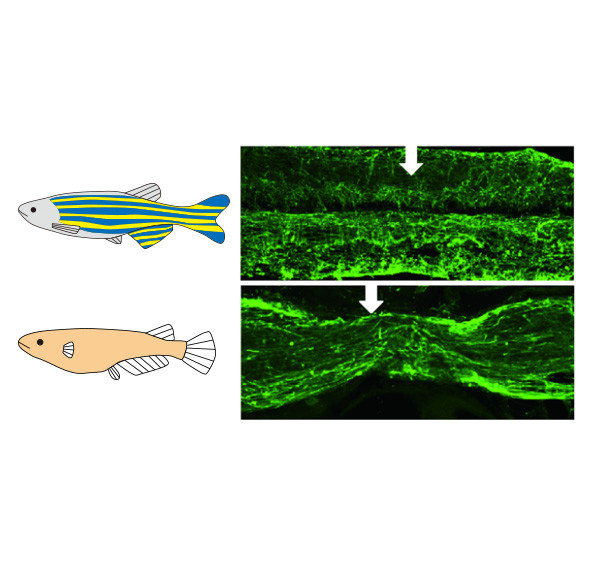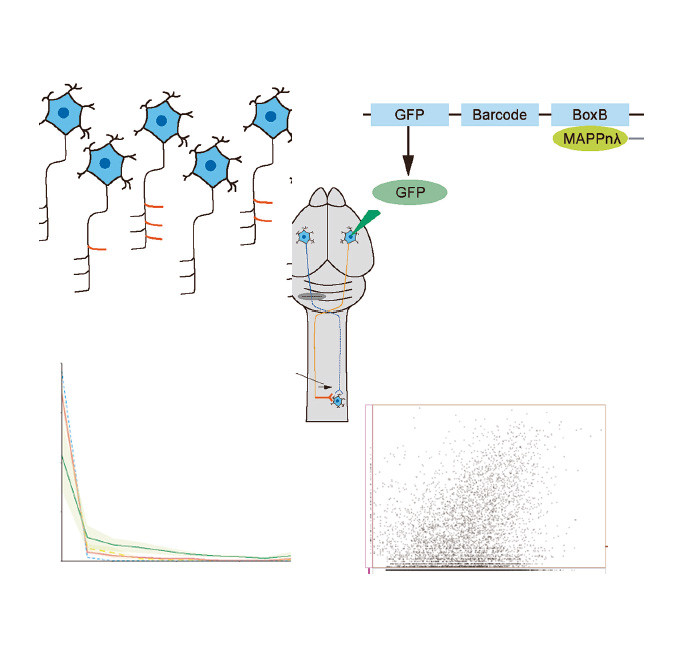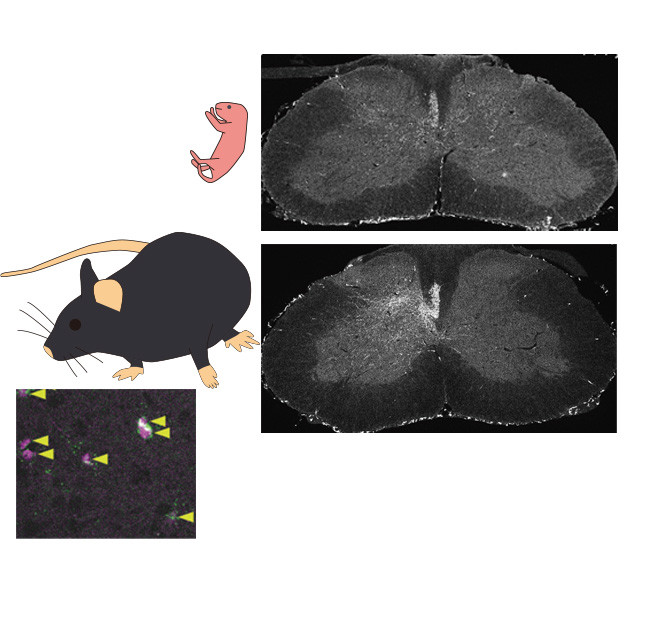About our research
Why some animals successfully regenerate lost body parts whereas others cannot?
Why regenerative ability changes during development?
Why regeneration is prominent in some tissues whereas it is limited in other tissues?
These longstanding enigma in regenerative biology is fundamental questions that our laboratory is working on.
For more details, please see our publications.
If you are interested in our research, please contact us.
Mission
- To expand our knowledge about mechanisms underlying diversity of regenerative ability
- To contribute to development of innovative therapeutic approaches that mimic regeneration of highly regenerative animals
- To foster leading scientists in the field of regenerative biology
Projects
Comparison of regenerative ability between small fish species

Regenerative ability varies among vertebrates. Injured spinal cord rearely regenerate in mammals, whereas they prominently regenerate even after complete transection in zebrafish. Although comparison of them is potentially attractive to reveal mechanisms of regeneration, far evolutional distance hinders direct comparison.
We previously found that ability to regenerate the transected spinal cord is lower in medaka compared to zebrafish. We also found varied regenerative ability of the spinal cord among medaka related species. Since above small fish species are easily maintained and genetically tractable, they are advantageous to study molecular mechanisms of regeneration.
Using above models, we are trying to reveal regeneration specific mechanisms and how evolutinally regenerative ability changes.
Single cell neuroanatomical tracing of axonal sprouting after injury in adult and neonatal mice

Although severed axons in the central nervous system rarely regenerate in mammals, compensatory neural circuit formed by newly elongated axonal branches contribute to partial functional recovery. Axonal sprouting is more prominent in neonates compared to adults, but sprouting pattern of individual neuron was not clearly known.
We previously compared the sprouting pattern of them at single cell level by MAPseq (barcoding by virus vector). We found that the ratio of neurons which extends 2/3 of the axons is higher in neonate compared to adult.
Now we are trying to reveal molecular mechanisms of the specific neuronal population.
Role of astrocyte on regulation of axonal sprouting after injury in adult and neonatal mice

Astrocyte contribute to closure of critical period during development.
We previously found molecules relating to the above phenomena also impede axonal sprouting after central nervous system injury.
Now we are studying the detailed molecular mechanisms of how astrocyte regulates axonal sprouting.
Grants
- Nakatani Foundation: "Elucidation of molecular mechanisms of axonal sprouting through stratification of neurons based on sprouting pattern", 2025-04 to 2027-03, JPY 4,000,000
- Toyota Physical and Chemical Research Institute: "Analysis of factors that determine regenerative ability of the spinal cord through genome-wide comparison mammals and small fish species", 2025-04 to 2026-03, JPY 1,000,000
- Shimadzu Science Foundation: "Identification of mutation that determine regenerative ability through comparison of genome of medaka related species", 2025-02 to 2027-01, JPY 1,000,000
- Foundation of Kinoshita Memorial Enterprise: "Analyses of cells that determine regenerative ability of spinal cord in small fish", 2024-04 to 2025-03, JPY 4,600,000
- The Osaka Community Foundation: "Examination of novel therapeutic approach for central nervous system diseases by reopening critical period", 2024-04 to 2025-03, JPY 1,000,000
- The Nakajima Foundation: "Study on axonal sprouting of individual neuron in neonate with high sprouting ability", 2024-04 to 2025-03, JPY 5,000,000
- Osaka University: "Study on the effect of systemic inflammation-astrocyte connection on neural circuit plasticity", 2024-02 to 2025-07, JPY 4,000,000
- Salon de K Foundation: "Comparison of spinal cord regeneration among medaka related species", 2023-12 to 2024-12, JPY 1,000,000
- JSPS Grant in Aid for Scientific Research (C): Analysis of mechanism of astrocyte rejuvenation and regulation of neural circuit repair, 2022-04 to 2025-03, JPY 3,200,000
- JSPS Grant-in-Aid for Early-Career Scientists: "Analysis of mechanism of neural circuit repair mediated by astrocyte", 2020-04 to 2022-03, JPY 3,300,000
- JSPS Grant-in-Aid for Early-Career Scientists: "Exploration of factors that initiate neural circuit repair after corticospinal tract injury in mice", 2018-04 to 2020-03, JPY 3,200,000
- JSPS Grant-in-Aid for JSPS Research Fellow: "Exploration of autoantigen which is targeted by autoreactive immune cells during regeneration refractory period in Xenopus tadpole tail", 2015-04 to 2017-03, JPY 1,900,000

